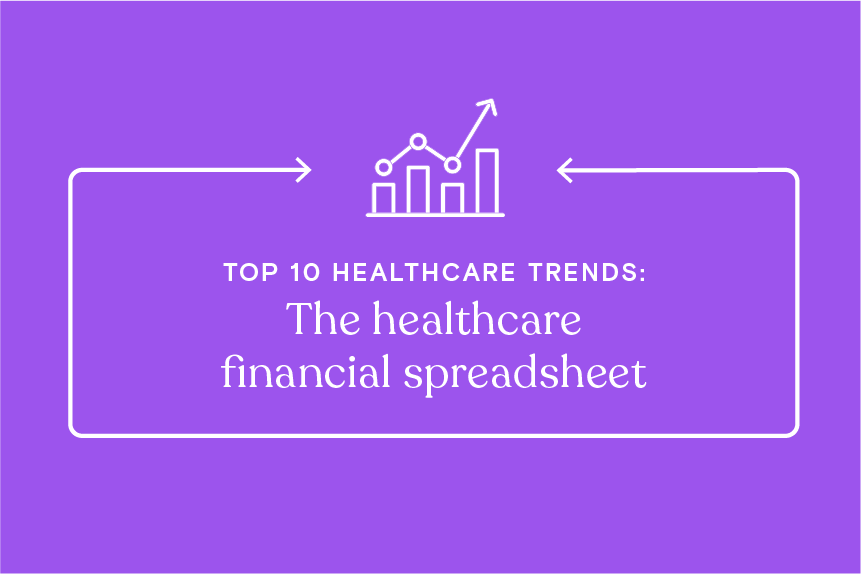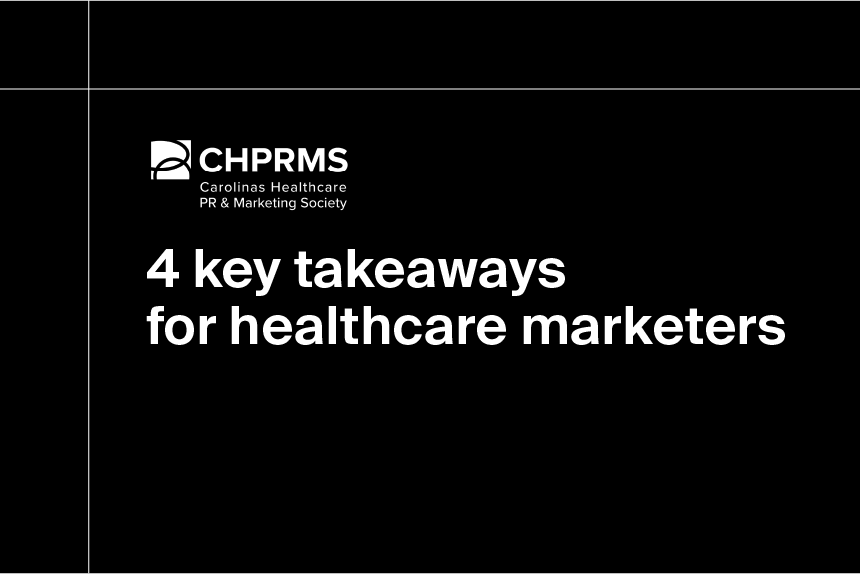If you were able to join us for the second annual Definitive LIVE! on May 17, 2022, you heard our president Robert Musslewhite close out the fantastic event with his insightful keynote on the top 10 trends in healthcare.
If you missed the event, don’t worry—we have you covered with our four-part keynote recap! You can check out the first installment of the recap here.
Part one discusses the first three trends that Robert categorized as the “Perfect Storm.” Now, we’ll dive into the fourth and fifth trends that make up the next category, “The Healthcare Financial Spreadsheet.”
Trend #4: COVID’s financial impact
Robert highlighted some major challenges impacting hospital financials due to COVID-19. Notably, net patient revenue was down 2% in 2020 from 2019, and total operating expenses were up 3%.
Unfortunately, 2021 didn’t show much improvement. Net patient revenue was almost flat from 2020.
While hospitals faced significant overcrowding, much of the care provided was for COVID-19, which isn’t as profitable as other services, like elective procedures and surgeries. As a result, hospitals lost over $161 billion in canceled services in 2020.
Additionally, operating expenses continue to be up from 2019:
- Surgical supplies increased by 3%
- Salary expenses increased by 4%
- Pharmacy costs increased by 6%
- Charity costs increased by 7%
Multiple factors contributed to these rising costs, including the COVID supply chain issues, patients’ inability to afford care during the pandemic and soaring inflation.
The combined effect of decreased revenue and increased costs leads us to Robert’s fifth trend: healthcare consolidation.
Trend #5: Continued consolidation
As hospitals collect less revenue and face more costs, they’re experiencing an increased pressure to scale via consolidation. Healthcare organizations are adding healthcare providers, beds, independent physician practices and imaging centers to lower overhead and create economies of scale.
Our HospitalView product shows several statistics related to consolidation, including:
- The top 10 healthcare systems in 2019 are the same 10 systems in 2022.
- These systems made up 18% of the total available beds in 2019 but slightly more than 20% of the beds in 2022.
- The 10 largest healthcare systems added 10,000 beds, 35 hospitals and 163 physician groups in the past three years.
- HCA Healthcare has remained the largest healthcare system for 2019, while its bed count grew by 10% in those years.
So, what does this all mean for you, if you’re looking to sell your products into the healthcare market?
- As the overall market grows, the number of buying organizations will decrease. Meanwhile, more parties involved in purchases will lead to longer sales processes. Overall, deals will be larger, and sales cycles will be longer.
- Healthcare organizations are on the lookout for ways—and products—to decrease costs.
Learn more
As Robert said, the healthcare financial spreadsheet will continue to drastically change over the next 18 months.
Stay tuned and see what else is coming next for the healthcare industry in the third installment of our recap of Robert’s keynote — “The Fundamentals of Treatment.”
To learn more about how you can use Definitive Healthcare’s intelligence to understand the complex healthcare market and create new paths to commercial success, start a free trial.




